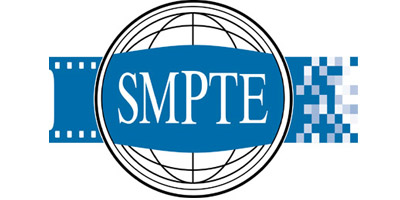SMPTE Nears Completion of Core 2110 Standards Suite
WHITE PLAINS, N.Y.—The Society of Motion Picture and Television Engineers has made major progress on its SMPTE ST 2110 suite of standards for professional media over managed IP networks.

During IBC 2017 in Amsterdam this month, SMPTE announced official approval of three parts of this suite of standards: ST 2110-10, -20 and -30.
Those three address how everything works end to end, uncompressed video and uncompressed (PCM) audio, respectively, says Matthew Goldman, president of SMPTE.
SMPTE is an ANSI-accredited international standards organization and as such must follow due process in the way it creates standards, explains Goldman, who also is SVP of technology, TV and media at Ericsson.
So it’s not entirely to be unexpected that each of the components in the suite would be on slightly different schedules as the committees responsible for each complete their work, including balloting and revisions, on different schedules, he explains.
Next up for the standards suite is -21, which deals with video timing. “Basically, it addresses how you do [IP] traffic shaping so you can maintain the quality of service needed in this area.”
Unless unexpected issues arise, SMPTE ST 2110-21 will become an approved standard before the 2017 Annual SMPTE Technical Conference and Exhibition, Oct. 23-26, in Hollywood, Calif., he says.
Get the TV Tech Newsletter
The professional video industry's #1 source for news, trends and product and tech information. Sign up below.
The draft ballot on the -40 standard, which addresses ancillary data, closed this week, and the whole core 2110 standard, which includes SMPTE ST 2110-10. -20, -21, -30 and -40 is expected to be completed by the end of 2017, says Goldman.
Some SMPTE watchers may remember the organization was also working on SMPTE ST 2110-50, which deals with how SDI over IP fits into the timing system of 2110.
The work continues, but the document designation has changed, says Goldman. No longer is it SMPTE ST 2110-50, but rather SMPTE ST 2020-8.
“It’s the same document,” says Goldman. “It was simply considered to be misplaced. It really fits in the 2022 family of documents much better.”
Phil Kurz is a contributing editor to TV Tech. He has written about TV and video technology for more than 30 years and served as editor of three leading industry magazines. He earned a Bachelor of Journalism and a Master’s Degree in Journalism from the University of Missouri-Columbia School of Journalism.

